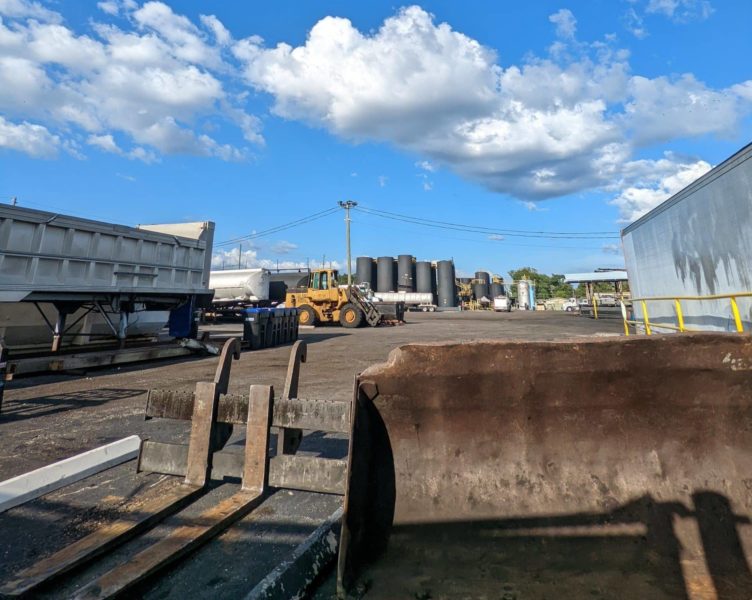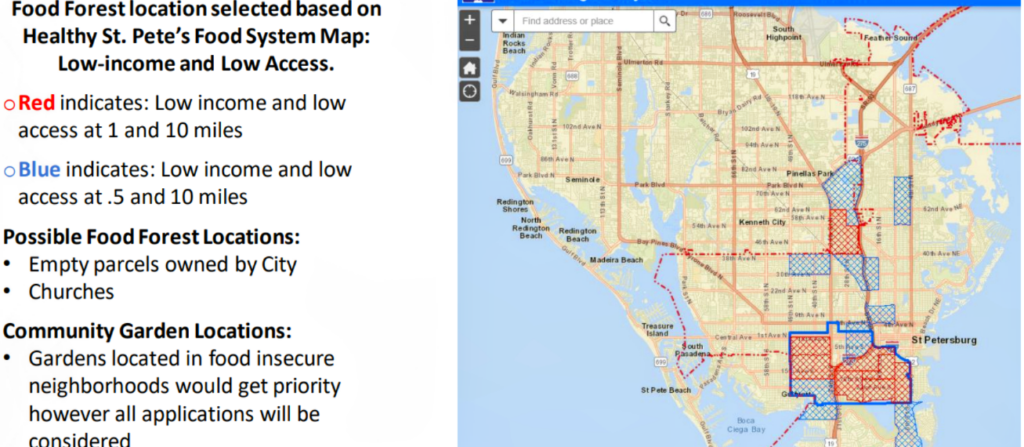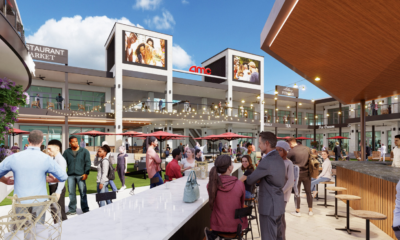Thrive
City officials increase environmental, pollution mitigation efforts

Local leaders are advancing initiatives to plant over 600 trees, ensure a South St. Petersburg community remains free from pollution and create eight food forests and community gardens.
Allison Mihalic began her Sept. 21 presentation to city council members by announcing that Bloomberg Philanthropies awarded St. Petersburg $150,000 for completing its American Cities Climate Challenge. Mihalic, director of the Office of Sustainability and Resiliency (OSR), said the award was given to aid local nonprofit partners.
The organization recommended creating an energy analyst position, and Mihalic said she promoted a sustainability intern to fill the role. She explained that the city “really drove some progress” by increasing its solar panel output.
“That has generated over 7,000 megawatt hours of solar energy,” Mihalic said. “Just to give you a sense of scale magnitude, to date, that solar energy on top of municipally owned buildings could power 675 homes for a year.”
City sustainability officials also completed draft ordinance and code changes to ensure new developments accommodate electric vehicles. However, Senate Bill 250 prevents local governments from adding “burdensome” amendments to comprehensive plans or land use regulations.
“You make plans, and God laughs,” said Council Chair Brandi Gabbard. “This time, the Legislature laughed and said, ‘Not now.’ I’ll be very excited to work together to move that forward to into first reading and final adoption after that (SB250) lifts in 2024.”
Trees and pollution
Many of the city’s environmental resiliency and health initiatives have started in Child’s Park. The underserved neighborhood is part of the South St. Pete Community Redevelopment Area (CRA).
Mayor Ken Welch and Councilmember John Muhammad kicked off the St. Pete Community Canopy Project in Child’s Park Sept. 16. The goal is to increase the city’s coverage – now at 27% – to at least 30% in a year.

Mayor Ken Welch (right) and Councilmember John Muhammad (third from right) kicked off the St. Pete Tree Canopy Project in Child’s Park Sept. 16. Photo: City of St. Petersburg.
Whitney Blair, senior sustainability coordinator, noted that green infrastructure improves air quality, reduces heat and mitigates flood risks. She said a 65-to-600-foot natural buffer could reduce particulate pollution by 40% to 75%.
City officials are utilizing a grant to plant 268 trees in Child’s Park by March 31, 2024. That is also part of an ongoing effort to mitigate the area’s air quality issues.
Residents have complained of noxious odors in the neighborhood for decades. Many blame the Howco Environmental Services oil recycling plant on 8th Avenue S.
The predominantly Black neighborhood lacks buffers between the plant, several other industrial facilities and homes. In 2019, the Foundation for a Healthy St. Petersburg provided grant funding to launch a Neighborhood Resilience Collective (NRC) pilot program.
“We’ve completed all of the requirements set out in the grant funding,” Mihalic said. “However, there remains continuing work …”
A critical aspect of the NRC pilot was implementing five air quality sensors, including one at Fairmount Park Elementary School. Those provide real-time data to an interactive map.
In addition, the University of South Florida, Eckerd College and residents can utilize portable Aeroqual Sensors to identify specific pollutants. A neighborhood weather station provides wind direction and speed data.
Blair said USF conducted a two-week monitoring campaign earlier this year. The Child’s Park Neighborhood Association will receive preliminary findings next month.
“One of the initial challenges was figuring out how to connect residents to the county’s Air Quality Division,” Blair explained. “Even those of us in OSR at the time found it very challenging to locate where to file, and how to file, a report.”
The department created a Google form that she said is easier for residents to use and submit. Pinellas County administrators then included odor reporting in its See-Click-Fix program.
Blair called that “an important win due to the work of the NRC.” She has also provided demonstrations at neighborhood association meetings.
The OSR received 64 odor complaints during its initial Smell Something Say Something campaign from April through August 2022. Much of that work will continue through the city’s new Community Support Hubs Project.
Officials recently dedicated $8.58 million in American Rescue Plan Act funding to create the community-led neighborhood resource network. Mihalic said her department would collaborate with program administrators to incorporate resilience and sustainability efforts.

A graphic showing potential food forest locations. Screengrab.
City officials are also allocating around $100,000 to create two food forests – including one in Child’s Park – and six community gardens. Those combine fruit and nut trees, berry shrubs and root crops to provide shade and pollinator habitats, and support healthy lifestyles.
Program participation requires educational classes, volunteer maintenance and the surrounding community to receive at least 25% of harvests. “To say that I’m excited we are having this conversation today would be an understatement,” Gabbard said.
“Thank you for finding a way forward on something that isn’t quite as widely discussed, especially in government, as it should be.”








John Deas
October 12, 2023at4:34 pm
The elements for robust urban canopy streetscapes were present in the early days of the City of St. Petersburg. Those were: permeable streets paved with red bricks, permeable sidewalks with hexagonal concrete pavers, and thousands of 900 square foot houses built on 1/16 acre parcels. Today we have asphalt streets, concrete sidewalks and 3000 sq. ft. and larger houses built on the same small parcels. Building codes, state and federal laws and ideal tree planting guidance hinder the placement of new trees on private property and limit what can be planted on the right of way. As a result, our urban canopy is being lost at a rapidly increasing rate and creative solutions have not been identified or addressed.
There are three barriers to a robust, diverse urban canopy. We must identify ways to overcome the barriers of suburban planning, limited right-of-way and industry reluctance without imposing undue restrictions on development and commerce.
The city should plant trees on public property, and protect those trees. An outreach program to adjacent property owners would ensure a high rate of success in planting, establishing and maintaining those trees. Owners could be recognized and given green thumb awards and tax incentives as part of a formal program to establish and maintain a healthy canopy. Such a program could include an annual, recurring budget item to plant several thousand trees per year and ensure a diverse tree canopy. As the development boom fades, such a city-sponsored program is likely the only way to achieve that goal.
Lisa Pineda
October 3, 2023at4:14 pm
Why is the map cutting off the low income and low access areas south of Lake Maggiore? There is a huge one between 54th Ave South and 62nd Ave South! There are also elementary, middle , and high schools that are in that area and are Title 1 low income students.